A Beginner’s Guide to Off-Grid Solar Panels
Ask a Brit what they like about Australia and the first answer you’ll hear is “the weather”. With so much sunshine throughout the year, we’ve come to enjoy the great outdoors, a privilege rarely shared with other developed nations. And we’ve jumped at the opportunity of using the sun’s rays to power our homes. Residential and commercial solar installations are steadily picking up, making us less reliant on traditional energy sources. Solar has also provided the means for exploring Australia’s heartland, or places far-removed from any type of mains supply.
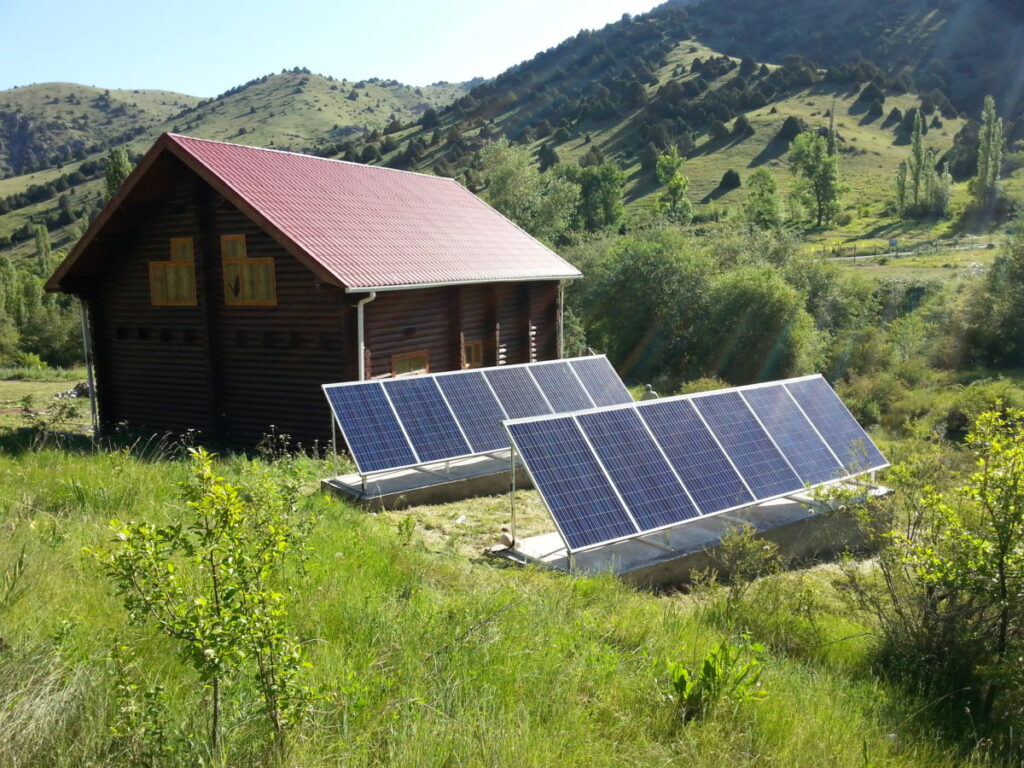
In terms of the installation, solar setups are either off-grid or connected to the mains supply. The latter is more typical of suburban solar in larger cities, with residents benefitting from buy-back schemes for every excess kilowatt their system produces. Off-grid solar, on the other hand, is reserved for portable solar setups in vehicles, like motorhomes, camper trailers and 4WDs, or to power properties without a nearby grid connection. Both types use similar equipment, though on-grid residential solar will be more stable providing power even when the weather turns bad.
Basic Parts of Off-grid Solar
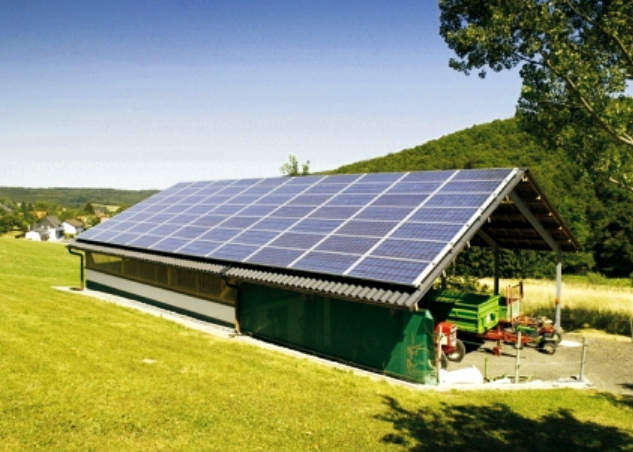
At the heart of every solar installation are the solar panels. They harvest the sun’s energy to produce direct current electricity. This is good to power smaller devices or charge various kinds of solar batteries. For larger appliances, running on standard 240V, an inverter converts the lower voltage to usable AC current. To avoid overcharging of batteries, and to maintain a stable 12 VDC current charger controllers are used. These are either sold separately or built into solar panels. If you run low on power in an off-grid system, a generator and chargers will top up batteries. To connect individual items, you’ll need quality cables and connectors.
Types of Off-Grid Solar Panels
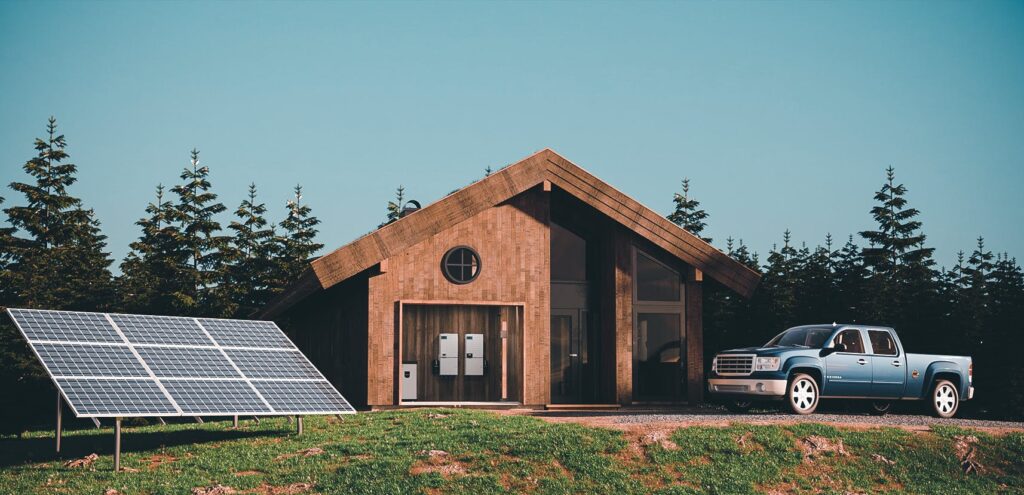
Different off grid solar panels for sale are available, in terms of design, efficiency, power output and price. What you choose largely depends on your overall power needs, and how the panels integrate with other parts. For smaller off-grid setups you’ll require fewer panels, while larger units like in power-hungry motorhomes with appliances like those you use at home, will need more panels in higher output. These are also larger and more expensive.
There are quite a few different types of panels, and new technologies are being incorporated to maximise output while also reduce size and weight. Prices of panels have dropped significantly over the years, with the increase of production and the number of competing brands on the market.
Most solar panels consist of a silicon layer that conducts a current generated when sunlight activates a chemical reaction between the positively charged phosphorus upper layer and negatively charged boron lower layer. How pure the silicon is will determine how efficient the panel is.
Monocrystalline Panels
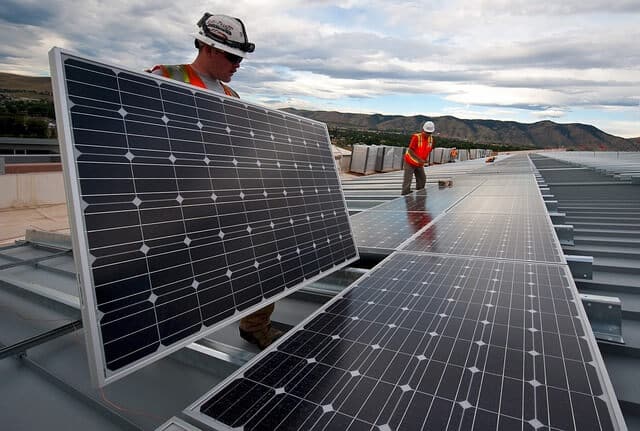
Monocrystalline solar panels have some of the purest silicon, often a single piece. This means better conductivity, but also higher prices. You can recognise these panels by the uniform bluish colour across the whole frame. They’re the most efficient and will last the longest. Bigger monocrystalline panels are ideal for RVs, motorhomes and campervans.
Polycrystalline Panels
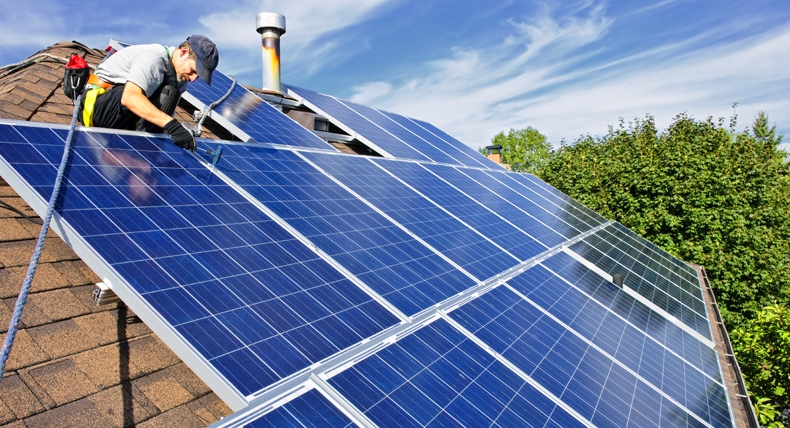
These panels are somewhat less efficient than monocrystalline panels, because they use cheaper, smaller fragments of pure silicon. This is also reflected in the design, with visible colouring differences throughout the panel. The upside is that they’re quite cheaper to make, and are sufficient in providing power in smaller off-grid setups.
PERC Panels
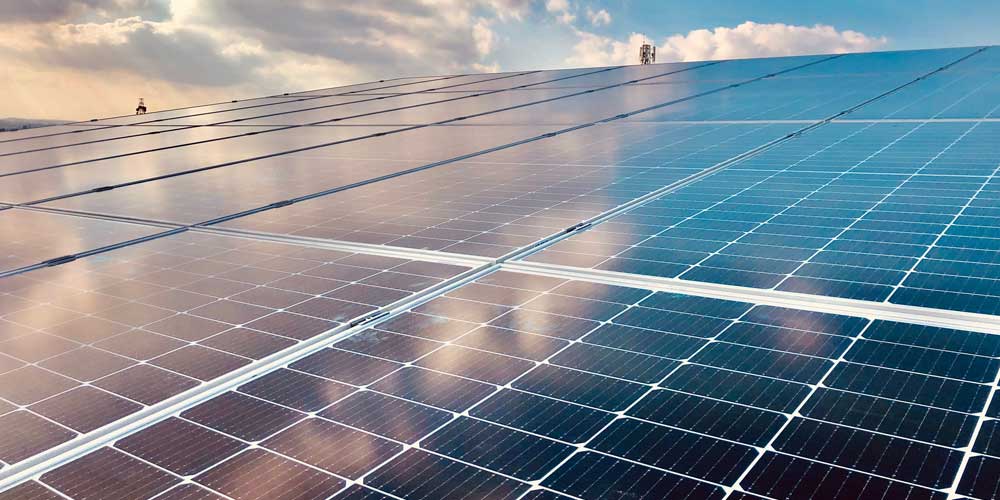
Passivated emitter and rear cell (PERC) panels are newer takes on monocrystalline designs that include an extra rear layer. This bumps up how efficient they are, being able to absorb more sunlight. They’re reasonably priced and are not more expensive than older monocrystalline panels.
Thin-Film and Flexible Panels
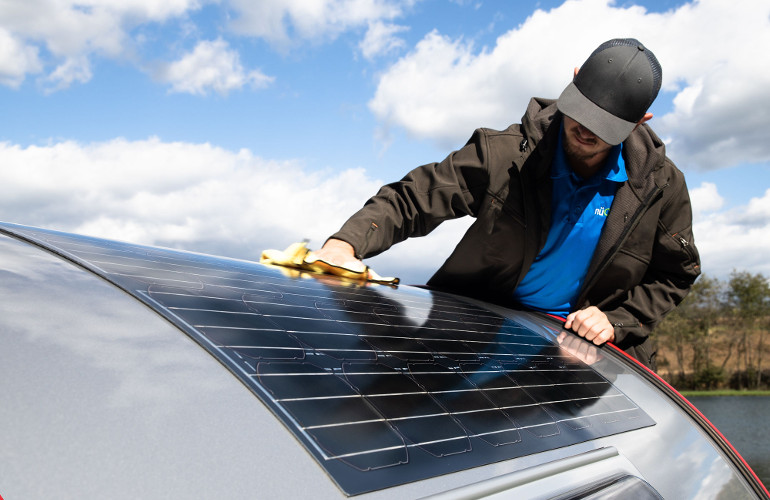
The newest developments in solar are extremely thin panels that are lightweight and flexible. They come at the fraction of the weight of the traditional panel types mentioned above and can be fitted to irregular surfaces. This makes thin-film panels the ideal type for setups based around 4WDs or other smaller vehicles because of the weight savings and flexibility. They do have some downsides though. Being a second-generation panel, they come in as a bit more costly and haven’t achieved the efficiency of some of the best monocrystalline panels. Not yet at least. But this is the direction set for upcoming panel technologies.
What to Look for in Solar Panels
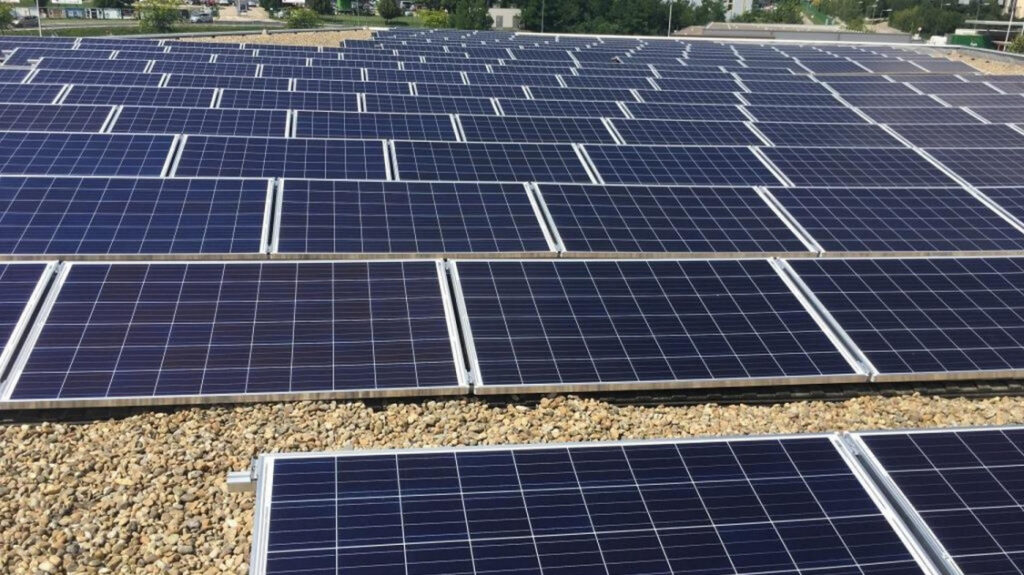
Off grid solar panels for sale need to provide enough power to top up your battery or batteries. Besides weather and the available sunlight, this depends on several variables:
- Efficiency – This refers to how much sunlight can be converted to usable energy in ideal weather conditions. Efficiency ranges from as low as 15 per cent in cheaper polycrystalline panels, to around 25 per cent in more expensive monocrystalline designs. Thin-film panels range around 18 per cent.
- Power output – How much output each panel provides will determine how many panels you need to buy. Output depends on the size and type of panel. The smallest polycrystalline panels can put out around 20W in one hour, enough to charge smaller devices like phones. The biggest monocrystalline PERC panels can serve up to 400W.
- Pairing with other components – Panels need to be in the right output for the solar setup. Too little power feeding into one or multiple batteries will reduce battery life cycles, by not providing the adequate charge. And you’ll be making more use of a generator to top things up. Calculate the power consumption of all the devices and appliances you plan to use and get panels with the corresponding output. Being cheap here will cost you somewhere else.
- Price – Lastly consider your budget and look out for deals. Prices vary among different brands, but not considerably. Traditional monocrystalline panels demanded a premium up to recently, but with more efficient PERC panels, and more convenient thin-film panels, prices have dropped. Newer technologies will demand higher prices, and so will more efficient panels with longer warranties.